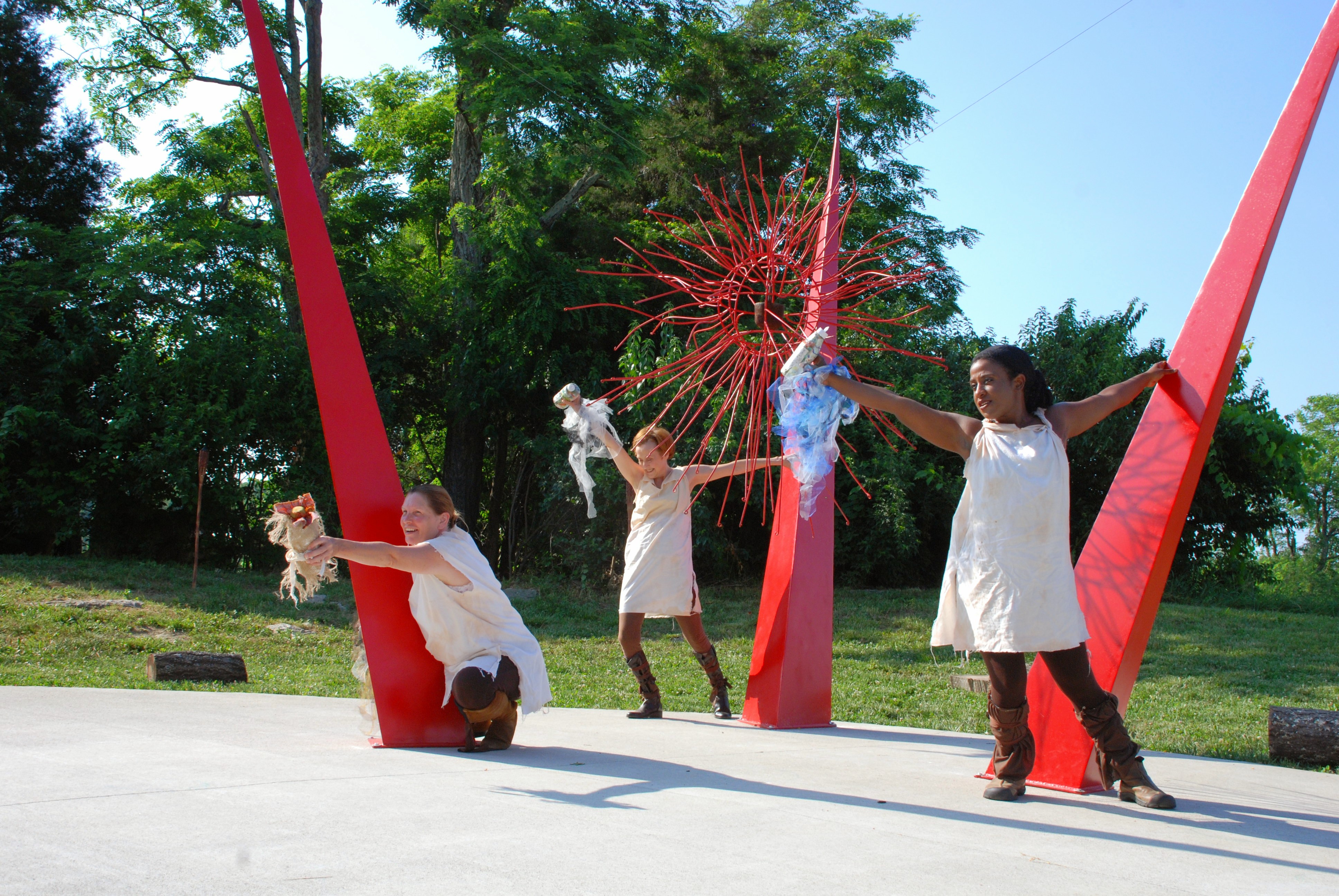By Judi Jennings and Denise Brown
With the much needed and welcomed national attention now being given to equity in arts and cultural funding, there is growing discussion — and debate — about the importance of collecting, analyzing, and reporting demographic data relating to grantmaking. The Grantmakers in the Arts Statement of Purpose on Racial Equity recommends advocating for research and data collection that accurately represents the demographics served by and serving in arts organizations and foundations.
In fall 2014, D5, a five-year coalition to advance philanthropy’s diversity, equity, and inclusion, announced a partnership with GuideStar to help set standards for how data about diversity within the nonprofit sector is collected. The Cultural Data Project is currently seeking to expand nationally and released a new report in April 2015 calling for fostering a culture that values data to improve the effectiveness of the art and culture sector.
All of these are worthy and important goals, but demographic data collection and analysis are not always easy or comfortable for arts and culture funders to do. Paying attention to the demographic dimensions of grantmaking goes to the heart of the complex relationships between grantmaker and grant recipients. It calls into question some deeply held ideas about privacy and legality. It raises the specter of resistance to providing such information on the part of grantseekers and raises doubts by some grantmakers about the accuracy of the information provided. Most of all, collecting and assessing demographic information pivot on establishing trust between grantmakers and grantseekers.
Through our experience as executive directors of private arts foundation that are geographically specific, we know that many foundations, like the Kentucky Foundation for Women (KFW) and Leeway Foundation, care about the identities of the artists and culture bearers they fund and the identities of the communities with which these artists interact. KFW and Leeway both collect demographic information from the ground up to advance equity and inclusivity in the grantmaking process. In thinking about collecting demographic data, it is critically important to be aware of what story we are telling with the numbers and what questions the numbers might raise implicitly or explicitly. It is also important to ask hard question about why data is collected and how it is used to advance equity. Here are some of the questions we ask ourselves:
- How do our organizational values build trust between grantmakers and grantseekers?
- How do we create equitable practices in collecting information in applications?
- What are equitable practices in considering demographic information in the grant review process?
- How can we create shared practices of accountability for our boards and our community?
Collecting demographic information can contribute to fostering a culture of mutual trust, fairness, and accountability between funders and grantees. Clear intentions and good communications between grantseekers and grantmakers mean that both understand why demographic questions are or are not being asked and know that answers and information will be used to advance equity. Yet, many questions and challenges remain and will undoubtedly continue to arise with the advancement of the national movement for greater equity in arts and culture philanthropy.
The summer edition of the GIA READER to be published in July will feature a longer article about the Kentucky Foundation for Women and Leeway Foundation as case studies for learning about collecting demographic information to advance equity and inclusion. Print copies of the READER will be mailed to GIA members, and an electronic edition will be available on the GIA website in late July.

Leave a Reply